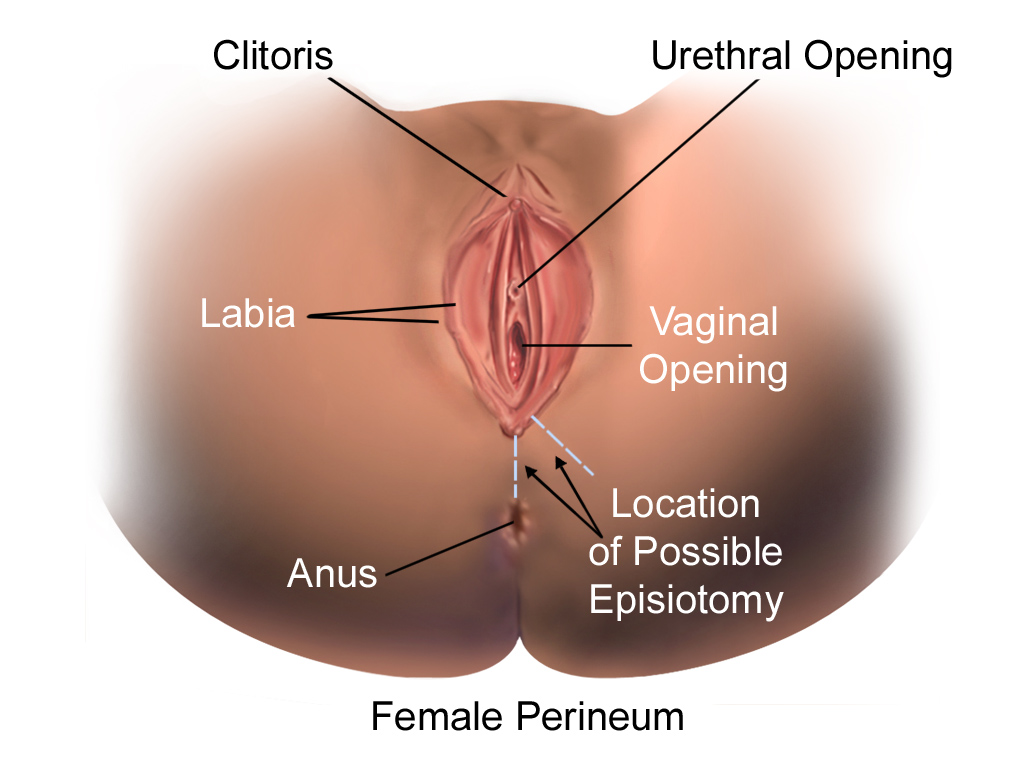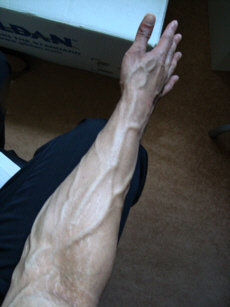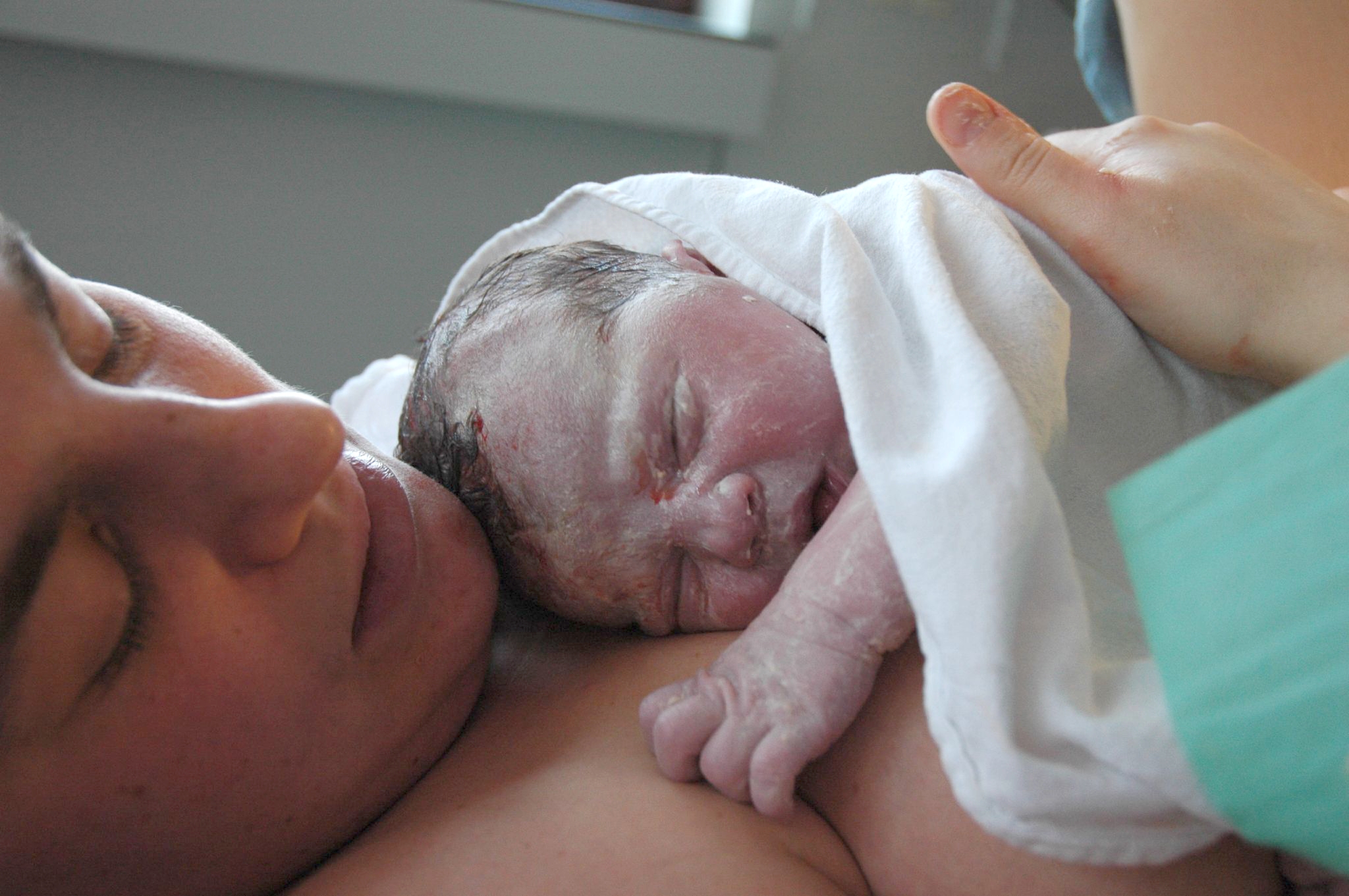|
Post-partum
The postpartum (or postnatal) period begins after childbirth and is typically considered to end within 6 weeks as the mother's body, including hormone levels and uterus size, returns to a non-pregnant state. The terms puerperium, puerperal period, or immediate postpartum period are commonly used to refer to the first six weeks following childbirth. The World Health Organization (WHO) describes the postnatal period as the most critical and yet the most neglected phase in the lives of mothers and babies; most maternal and infant mortality, newborn deaths occur during this period. In scientific literature, the term is commonly abbreviated to P''x'', where ''x'' is a number; for example, "day P5" should be read as "the fifth day after birth". This is not to be confused with the medical nomenclature that uses G P to stand for number and outcomes of pregnancy (gravidity and parity). A female giving birth in a hospital may leave as soon as they are medically stable, which can be as ea ... [...More Info...] [...Related Items...] OR: [Wikipedia] [Google] [Baidu] |
Spontaneous Vaginal Delivery
A vaginal delivery is the birth of offspring in mammals (babies in humans) through the vagina (also called the "birth canal"). It is the most common method of childbirth worldwide. It is considered the preferred method of delivery, with lower morbidity and mortality than Caesarean sections (C-sections). Epidemiology United States 70% of births in the United States in 2019 were vaginal deliveries. Global 80% of births globally in 2021 were vaginal deliveries, with rates varying from 95% in sub-Saharan Africa to 45% in the Caribbean. Benefits of vaginal delivery Mother Benefits for the mother include * Avoiding surgery and resulting quicker recovery time and shorter hospital admission * Quicker onset of lactation * Decreased complications in future pregnancies, including placenta previa Infant Benefits for the infant include: * Develop microbiota from exposure to the gut bacteria from the mother's gut, while the microbiota of babies born by caesarean section ha ... [...More Info...] [...Related Items...] OR: [Wikipedia] [Google] [Baidu] |
Childbirth
Childbirth, also known as labour and delivery, is the ending of pregnancy where one or more babies exits the internal environment of the mother via vaginal delivery or caesarean section. In 2019, there were about 140.11 million births globally. In the developed countries, most deliveries occur in hospitals, while in the developing countries most are home births. The most common childbirth method worldwide is vaginal delivery. It involves four stages of labour: the shortening and opening of the cervix during the first stage, descent and birth of the baby during the second, the delivery of the placenta during the third, and the recovery of the mother and infant during the fourth stage, which is referred to as the postpartum. The first stage is characterized by abdominal cramping or back pain that typically lasts half a minute and occurs every 10 to 30 minutes. Contractions gradually becomes stronger and closer together. Since the pain of childbirth correlates with c ... [...More Info...] [...Related Items...] OR: [Wikipedia] [Google] [Baidu] |
Mother And Newborn Child In Orissa
] A mother is the female parent of a child. A woman may be considered a mother by virtue of having given birth, by raising a child who may or may not be her biological offspring, or by supplying her ovum for fertilisation in the case of gestational surrogacy. An adoptive mother is a female who has become the child's parent through the legal process of adoption. A biological mother is the female genetic contributor to the creation of the infant, through sexual intercourse or egg donation. A biological mother may have legal obligations to a child not raised by her, such as an obligation of monetary support. A putative mother is a female whose biological relationship to a child is alleged but has not been established. A stepmother is a woman who is married to a child's father and they may form a family unit, but who generally does not have the legal rights and responsibilities of a parent in relation to the child. A father is the male counterpart of a mother. Women who are preg ... [...More Info...] [...Related Items...] OR: [Wikipedia] [Google] [Baidu] |
Breastfeeding 6 Day Old Twins
Breastfeeding, or nursing, is the process by which human breast milk is fed to a child. Breast milk may be from the breast, or may be expressed by hand or pumped and fed to the infant. The World Health Organization (WHO) recommends that breastfeeding begin within the first hour of a baby's life and continue as often and as much as the baby wants. Health organizations, including the WHO, recommend breastfeeding exclusively for six months. This means that no other foods or drinks, other than vitamin D, are typically given. WHO recommends exclusive breastfeeding for the first 6 months of life, followed by continued breastfeeding with appropriate complementary foods for up to 2 years and beyond. Of the 135 million babies born every year, only 42% are breastfed within the first hour of life, only 38% of mothers practice exclusive breastfeeding during the first six months, and 58% of mothers continue breastfeeding up to the age of two years and beyond. Breastfeeding has a number ... [...More Info...] [...Related Items...] OR: [Wikipedia] [Google] [Baidu] |
Episiotomy
Episiotomy, also known as perineotomy, is a surgical incision of the perineum and the posterior vaginal wall generally done by a midwife or obstetrician. Episiotomy is usually performed during second stage of labor to quickly enlarge the opening for the baby to pass through. The incision, which can be done from the posterior midline of the vulva straight toward the anus or at an angle to the right or left (medio-lateral episiotomy), is performed under local anesthetic ( pudendal anesthesia), and is sutured after delivery. Its routine use is no longer recommended, as perineal massage is an alternative painless method of enlarging the opening for baby. Despite this, it is one of the most common surgical procedures specific to women. In the United States, as of 2012, it was performed in 12% of vaginal births. It is still widely practiced in many parts of the world, including Korea, Japan, Taiwan, China, and Spain. Uses Vaginal tears can occur during childbirth, most often at ... [...More Info...] [...Related Items...] OR: [Wikipedia] [Google] [Baidu] |
Postpartum Bleeding
Postpartum bleeding or postpartum hemorrhage (PPH) is often defined as the loss of more than 500 ml or 1,000 ml of blood following childbirth. Some have added the requirement that there also be signs or symptoms of low blood volume for the condition to exist. Signs and symptoms may initially include: an increased heart rate, feeling faint upon standing, and an increased breathing rate. As more blood is lost, the patient may feel cold, blood pressure may drop, and they may become restless or unconscious. The condition can occur up to six weeks following delivery. The most common cause is poor contraction of the uterus following childbirth. Not all of the placenta being delivered, a tear of the uterus, or poor blood clotting are other possible causes. It occurs more commonly in those who: already have a low amount of red blood, are Asian, with bigger or more than one baby, are obese or are older than 40 years of age. It also occurs more commonly following caesare ... [...More Info...] [...Related Items...] OR: [Wikipedia] [Google] [Baidu] |
Breastfeeding
Breastfeeding, or nursing, is the process by which human breast milk is fed to a child. Breast milk may be from the breast, or may be expressed by hand or pumped and fed to the infant. The World Health Organization (WHO) recommends that breastfeeding begin within the first hour of a baby's life and continue as often and as much as the baby wants. Health organizations, including the WHO, recommend breastfeeding exclusively for six months. This means that no other foods or drinks, other than vitamin D, are typically given. WHO recommends exclusive breastfeeding for the first 6 months of life, followed by continued breastfeeding with appropriate complementary foods for up to 2 years and beyond. Of the 135 million babies born every year, only 42% are breastfed within the first hour of life, only 38% of mothers practice exclusive breastfeeding during the first six months, and 58% of mothers continue breastfeeding up to the age of two years and beyond. Breastfeeding has a numb ... [...More Info...] [...Related Items...] OR: [Wikipedia] [Google] [Baidu] |
Maternal Mortality
Maternal death or maternal mortality is defined in slightly different ways by several different health organizations. The World Health Organization (WHO) defines maternal death as the death of a pregnant mother due to complications related to pregnancy, underlying conditions worsened by the pregnancy or management of these conditions. This can occur either while they are pregnant or within six weeks of resolution of the pregnancy. The CDC definition of pregnancy-related deaths extends the period of consideration to include one year from the resolution of the pregnancy. Pregnancy associated death, as defined by the American College of Obstetricians and Gynecologists (ACOG), are all deaths occurring within one year of a pregnancy resolution. Identification of pregnancy associated deaths is important for deciding whether or not the pregnancy was a direct or indirect contributing cause of the death. There are two main measures used when talking about the rates of maternal mortality in ... [...More Info...] [...Related Items...] OR: [Wikipedia] [Google] [Baidu] |
Infant Mortality
Infant mortality is the death of young children under the age of 1. This death toll is measured by the infant mortality rate (IMR), which is the probability of deaths of children under one year of age per 1000 live births. The under-five mortality rate, which is also referred to as the ''child mortality rate'', is also an important statistic, considering the infant mortality rate focuses only on children under one year of age. In 2013, the leading cause of infant mortality in the United States was birth defects. Other leading causes of infant mortality include birth asphyxia, pneumonia, congenital malformations, term birth complications such as abnormal presentation of the fetus umbilical cord prolapse, or prolonged labor, neonatal infection, diarrhea, malaria, measles, and malnutrition. One of the most common preventable causes of infant mortality is smoking during pregnancy. Lack of prenatal care, alcohol consumption during pregnancy, and drug use also cause complication ... [...More Info...] [...Related Items...] OR: [Wikipedia] [Google] [Baidu] |
Vascularity
Vascularity, in bodybuilding, is the condition of having many highly visible, prominent, and often extensively-ramified superficial veins. The skin appears "thin"—sometimes virtually transparent—due to an extreme reduction of subcutaneous fat, allowing for maximum muscle definition. Vascularity is enhanced by extremely low body fat (usually below 10%) and low retained water, as well as the muscle engorgement ("pump") and venous distension accentuated by the vigorous flexing and potentially hazardous Valsalva effect which characterize competitive posing. Genetics and androgenic hormones will affect vascularity, as will ambient temperature. Additionally, although some bodybuilders develop arterial hypertension from performance-enhancing substances and practices, "high" venous pressure—being an order of magnitude lower than that of arteries— neither causes nor is caused by vascularity. Some bodybuilders use topical vasodilators to increase blood flow to the skin as well. ... [...More Info...] [...Related Items...] OR: [Wikipedia] [Google] [Baidu] |
Kangaroo Care
Kangaroo care also called skin-to-skin contact (SSC), is a technique of newborn care where babies are kept chest-to-chest and skin-to-skin with a parent, typically their mother (occasionally their father). Kangaroo care, named for the similarity to how certain marsupials carry their young, was initially developed in the 1970s to care for preterm infants in countries where incubators were either unavailable or unreliable. More recently, the term skin-to-skin care is also used to describe the technique of placing full-term newborns immediately after birth on the bare chest of their mother or father. There is evidence that it is effective in reducing infant mortality, the risk of hospital-acquired infection, increasing weight gain, increasing rates of breastfeeding, and other advantages for both mother and baby. Medical uses Originally babies who were eligible for kangaroo care included pre-term infants weighing less than , and breathing independently. Cardiopulmonary monitoring, ... [...More Info...] [...Related Items...] OR: [Wikipedia] [Google] [Baidu] |
Compression Stockings
Compression stockings (Flight Socks, Support Bandage) are a specialized hosiery designed to help prevent the occurrence of, and guard against further progression of, venous disorders such as edema, phlebitis and thrombosis. Compression stockings are elastic compression garments worn around the leg, compressing the limb. This reduces the diameter of distended veins and increases venous blood flow velocity and valve effectiveness. Compression therapy helps decrease venous pressure, prevents venous stasis and impairments of venous walls, and relieves heavy and aching legs. Knee-high compression stockings are used not only to help increase circulation, but also to help prevent the formation of blood clots in the lower legs. They also aid in the treatment of ulcers of the lower legs. Unlike traditional dress or athletic stockings and socks, compression stockings use stronger elastics to create significant pressure on the legs, ankles and feet. Compression stockings are tightest at the ... [...More Info...] [...Related Items...] OR: [Wikipedia] [Google] [Baidu] |



.jpg)






